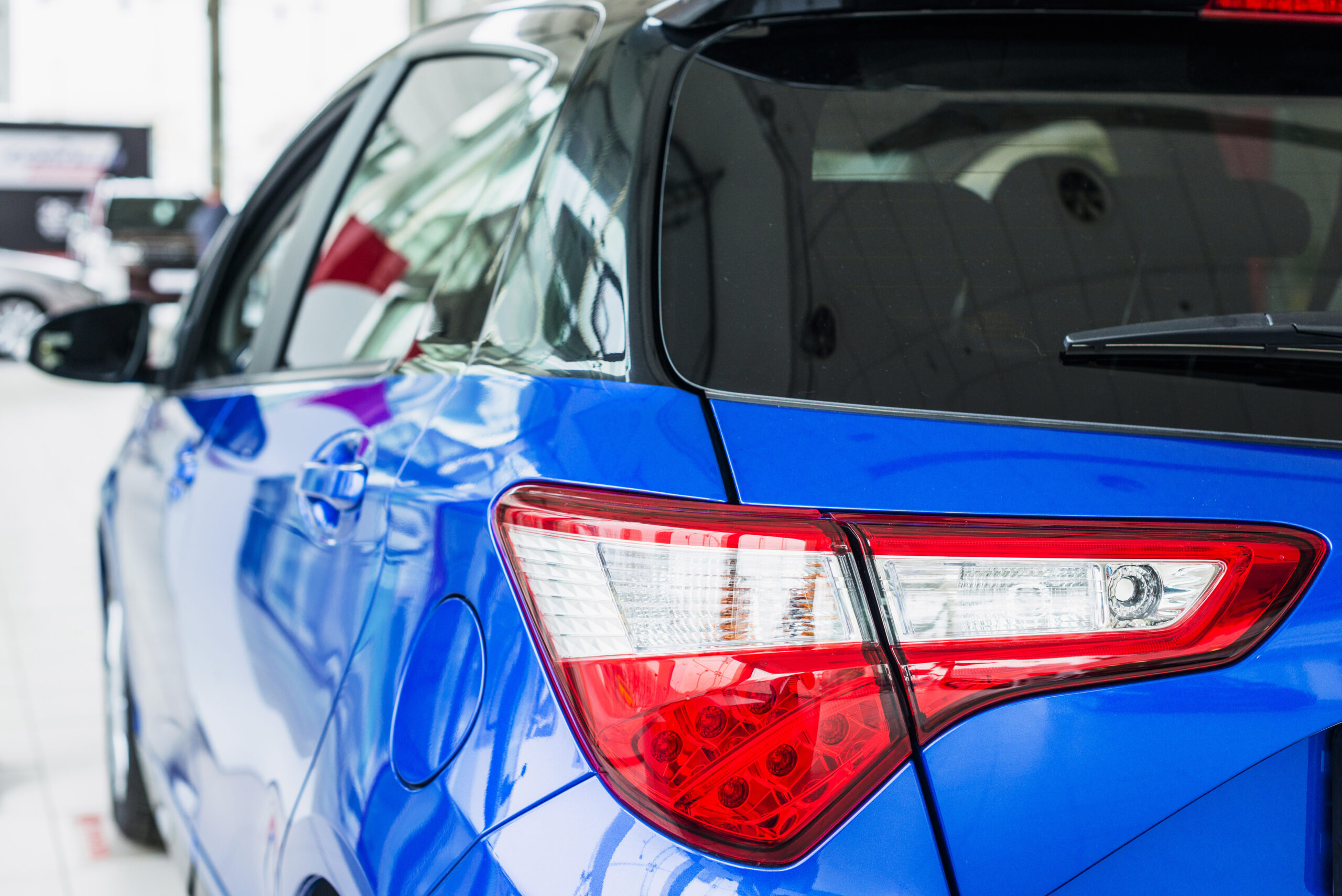Recently, I’ve seen many fellow New Yorkers discussing a peculiar issue: where to place the window tint exemption sticker. While the state provides guidelines, not everyone agrees with them.
Understanding the Basics
According to official instructions, the sticker is to be placed at the top middle of any window, except the windshield. However, users have expressed concerns about this positioning. Some feel it’s unusual and have been contemplating placing it next to the registration and inspection stickers on the windshield, despite the guidelines advising against it.
If you’re considering getting a window tint exemption sticker, it’s essential to understand the following:
1. The Purpose of Tinting
While many opt for tinting as a stylish upgrade, it’s also a necessary accommodation for some due to medical conditions. Before you apply for an exemption, ensure you meet the required criteria.
2. The Process
- Obtain a medical report from a certified physician, indicating the need for window tinting.
- Submit the report to the relevant state department.
- Upon approval, you’ll receive the exemption sticker.
3. Location of the Sticker
While the state provides guidelines, the final decision lies with the car owner. However, ensuring the sticker’s visibility is crucial to avoid potential complications during vehicle inspections or interactions with law enforcement.
Procedure to Obtain a Window Tint Exemption Sticker
To acquire an exemption sticker:
- Secure a medical report from a certified physician indicating your need for darker tints.
- Submit this medical report to your state’s designated department overseeing window tint exemptions.
- Upon state verification and approval, a sticker is issued for placement on the vehicle’s windshield.
State-Specific Regulations
It’s important to underline that procedures and requirements can vary by state. For instance, states like Texas and Florida permit tints up to 30% Visible Light Transmission (VLT) without any exemptions. However, states like New York and Pennsylvania restrict tints to 70% VLT or a minimum of 50%. In such states, medical reasons are the only grounds for exemptions, protecting individuals sensitive to sunlight.
Steps to Secure the Exemption
- Receive a diagnosis from a healthcare facility or certified medical professional.
- Obtain and fill out the window tint exemption form from your state’s relevant department.
- Submit the form and await approval. Once approved, your exemption sticker will be sent to your address or you’ll be informed where to collect it.
Frequently Asked Questions
How Do I Get a P.A. Tint Waiver?
In Pennsylvania, medical exemptions are granted for colorless tints that filter UV light. For an exemption, contact the PennDOT’s Medical Unit.
Do Cops Pull Over For Tint in PA?
Yes, if your vehicle is registered in Pennsylvania and you violate the state’s tint laws, you might be pulled over. If your vehicle isn’t registered in PA but you’re caught with illegal tints, you can still be fined.
Is Tint Law Medical Exemption Renewable?
Typically, in most states, you must renew your exemption every four years. This means reapplying and securing approval again. Failing to renew can result in penalties.
Conclusion
Navigating the intricacies of window tint exemptions in New York State can be challenging. By understanding the process, requirements, and hearing firsthand experiences from fellow users, you can make an informed decision on sticker placement that suits your needs.
Amos Beaumont, who grew up in Asheville, North Carolina, has a real love for cars. Even though he didn’t go to college, his fascination with vehicles made him an authority on tinted windows. He runs a popular blog where this hip, self-educated hobbyist discusses the skill and advantages of tinting car windows.

